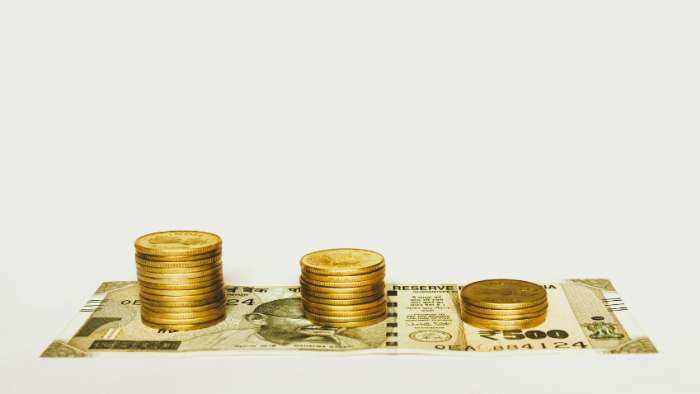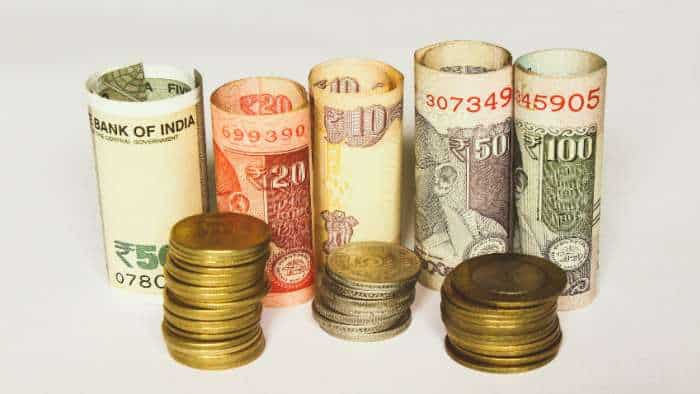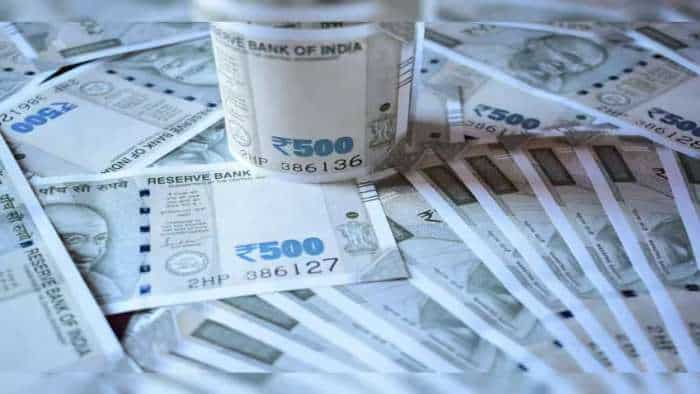Inflation vs Stagflation: What is the difference? Here’s why RBI says risk of stagflation is very low in India
In the light of the RBI’s August 2023 bulletin, let's take a look at what the terms inflation and stagflation mean and what the central bank’s statement implies about the future of the Indian economy.
)
The Reserve Bank of India in its recently released August bulletin said that the country is unlikely to witness stagflation despite rising prices and weak growth. In its State of the Economy article this month, the central bank said that while there are chances of stagflation in many economies, India is unlikely to see a similar situation due to strengthening domestic investment.
This comes after India's retail inflation jumped to a 15-month high of 7.44 per cent in July, breaching the 6 per cent upper limit of the RBI’s inflation band for the first time in five months.
In the light of the RBI’s assessment, take a look at the terms inflation and stagflation; and what the central bank’s statement implies about the Indian economy.
What is inflation?
Inflation is the rate of increase in prices over a specific period of time. It represents how costlier a relevant set of goods and services have become over a period, most commonly a year. The purchasing power of a currency declines with rise in inflation, meaning it costs more to buy the same set of goods and services. Consumer price index (CPI) is the most common measure of inflation.
Stagflation is persistently high inflation in conjunction with stagnant demand and high unemployment in a country.
Inflation vs Stagflation: Are they different?
Inflation and stagflation are two different terms. Inflation represents an increase in the price of goods and services, while stagflation indicates a rise in prices coupled with negative indicators like unemployment.
In terms of the impact on the economy, inflation may lead to a sudden increase in the supply of money. Even prolonged periods can lead to a rise in unemployment and stunt economic growth. But, the term is associated with an expanding economy.
On the other hand, stagflation is associated with no rise in indicators like demand and indicates slow growth and low purchasing power.
Why will India not go through stagflation, according to the RBI?
In its report, the RBI talked about how geopolitical risks and difficult financial conditions are posing a challenge to investment. This has led to divergence among countries in terms of growth. The Ukraine War has reignited risks of stagflation in a post-Covid world. Persistent inflation and weaker long-term global growth prospects have intensified the chances.
Evidence from 22 economies, especially those rely a lot on non-commodity exports, indicates that US dollar appreciation and higher commodity prices are major factors that are leading to the risk of weak economic growth and high inflation, especially in emerging market economies, according to the RBI.
But in the case of India, the situation is different. India has historically witnessed multiple episodes of high inflation and low growth occurring simultaneously.
“With industrial production and trade weakening, the global recovery is slowing after a robust first quarter performance. In this stressed global environment, the Indian economy is gathering momentum in the second quarter of 2023-24. Domestic drivers such as private consumption and fixed investment are offsetting the drag from the contraction in exports,” the RBI report said.
As per the central bank, the slowdown in the Indian economy caused by the pandemic has recovered with the output gap, which was mostly negative since the Q4 2019-20, turning positive during January-March 2023.
Get Latest Business News, Stock Market Updates and Videos; Check your tax outgo through Income Tax Calculator and save money through our Personal Finance coverage. Check Business Breaking News Live on Zee Business Twitter and Facebook. Subscribe on YouTube.
RECOMMENDED STORIES

Top 7 Gold ETFs With Best Returns in 3 Years: No.1 ETF has converted Rs 7 lakh investment into Rs 10.80 lakh; know how others have fared

Rs 55 lakh Home Loan vs Rs 55 lakh SIP investment: Which can be faster route to arrange money for Rs 61 lakh home? Know here

Sukanya Samriddhi Yojana vs PPF: Rs 1 lakh/year investment for 15 years; which can create larger corpus on maturity?

Top 7 Flexi Cap Mutual Funds With up to 52% SIP Return in 1 Year: Rs 20,000 monthly SIP investment in No. 1 fund has generated Rs 3.02 lakh; know about others too
03:00 PM IST









 For first time, Reserve Bank of India's monetary policy panel to discuss inflation report this week – what should you know?
For first time, Reserve Bank of India's monetary policy panel to discuss inflation report this week – what should you know?